First, the status quo of the development of non-woven fabric industry technology
( I) Status quo of international non-woven fabric industry technology development
The industrial production of modern nonwovens originated in the 1950s and has achieved rapid development in more than 40 years. In 1986, the world's non-woven fabrics produced about 1 million tons. In 1995, it exceeded 2 million tons. In 1998, it reached 2.8 million tons. The output value of cloth coils reached 10 billion US dollars, and the products after replication processing reached 35 billion US dollars; the average annual growth rate in the 1980s was 8%, and the average annual growth rate in the first 5 years of the 1990s remained at 8%, the next 10 years. The average growth rate will still reach 6%.
The rapid development of the world non-woven fabric industry and its development in industrial developed countries and regions (the United States and Western Europe) and the rapid expansion of geographical distribution, is entirely based on product development, market development, especially high-tech penetration, technological innovation, technological progress Basic. Contemporary non-woven fabric technology has become the new fiber new material processing technology with the most processing tools, flexible and variable combination, and can be combined and applied according to product performance requirements. understanding. It is the development and progress of science and technology that makes nonwovens stand out and become an independent, fast-growing, and diverse product industry.
The rise of the modern nonwovens industry has benefited from the development of petrochemicals and synthetic fiber materials. Due to the new non-woven fabric processing technology and the needs of products (especially industrial non-woven fabrics), high-tech means, starting from polymer molecular structure research, polymerization process, polymer modification and spinning process and equipment Conducted a series of studies and made breakthrough progress. Research and development of a series of polymer-specific polymer chips, differentiated fibers, functional fibers. In addition, inorganic fibers (glass fibers, ceramic fibers, silicon carbide fibers, boron fibers, etc.), metal fibers (fine stainless steel fibers), and the like for nonwoven fabrics have been developed. In recent years, "green" viscose fiber Lyocell and biodegradable microbial polymer fiber produced by biotechnology have also been developed. A variety of non-woven fabrics, combined with a variety of non-woven fabric processing techniques, can produce a variety of non-woven fabric products, especially a variety of high-performance industrial nonwoven products.
The improvement of modern non-woven fabric processing technology is closely related to the penetration and application of high-tech. At present, it has the right to form a chemically formed cloth or a polymer into a spun web, melt blown, short fiber web, dry paper making, wet web forming, needle punching, stitching, heat fusion (hot air, hot rolling, ultrasonic heat). Fused bonding, etc., chemical bonding, spunlace (spunlace) and other web forming and web consolidation processing techniques; lamination, compounding, molding, ultrasonic or high frequency welding and other replication processing technologies. At present, the most advanced short-fiber hot-rolling production line can reach a width of 5m and a production speed of up to 300m/min; the sprinkling line production line can reach a width of 4m, the production speed can reach 250m/min~300m/min; the spunbonding process line can reach a width 5.2m, spinning speed can reach 2000m/min~6000m/min, the airflow speed is higher; the melt-blown production line width can reach 5.2m, the temperature of high-temperature and high-pressure air passing through the spinneret or nozzle hole can reach 260-480 °C, the flow rate can reach the speed of sound. If it is not guaranteed by the application of high-tech equipment to design, manufacture and install high-level control systems and software, it is simply not possible to achieve such a high level.
*. Computer-aided design and auxiliary manufacturing technology (CAD/CAM) is widely used in the design and manufacture of various nonwoven equipment.
*. Mechatronics, microelectronics technology and computer technology are widely used in various high-efficiency, high-yield, high-quality non-woven fabric production lines, such as various programmable controllers (PLC), variable frequency speed control systems, computer centralized control technology. Wait.
*. Laser, ultrasonic, high frequency technology is widely used in non-woven equipment, production technology and product replication.
*. New materials are used for key components of nonwoven equipment, such as carbon fiber reinforced composite materials for high-speed needle punching needles with needle frequency up to 3300r/min, titanium-aluminum alloy for needle board manufacturing, and ceramic-based composite new materials. In the manufacture of high-pressure pump pistons for jet-jetting machines with injection pressures up to 30 MPa.
*. Information technology for remote control fault diagnosis and troubleshooting of programmable controllers, etc.
*. Various high-tech sensors, programmable controllers, computer systems have been widely used in process control and online quality control of modern high-speed, high-yield, high-quality nonwoven production lines to control process parameters and non-woven fabric quality parameters. To ensure that the production process is controlled and to ensure product quality.
*. Technological advances in nonwoven processing technology and equipment are also reflected in the combined application of various technologies, such as the combination of dry-laid and spun-laid, spun-laid and melt-blown (SMS, SMMS). ), spinning into a net and direct compounding of microporous membranes, and the like.
All kinds of new non-woven materials are more widely infiltrated into environmental protection filtration, medical, health, health care, industry, agriculture, civil engineering, construction, home facilities and life. In recent years, a large number of innovative new nonwoven products have been developed.
Production Description:
Appliques patches can adapt to different consumer targets.We have fashion designs for men and women,and also more
natural products for children.Welcome to your inquiy new designs!
Material: embroidered patch, Chenille Patches, woven patches
Size: custom size
Color: any pantone colors are workable
Border: merrow border, hand cut border or heat cut border
Back attachment: paper coating, iron on, double-sided adhesive tape, Velcro back or no backing are all available.
Packaging: As customer`s request
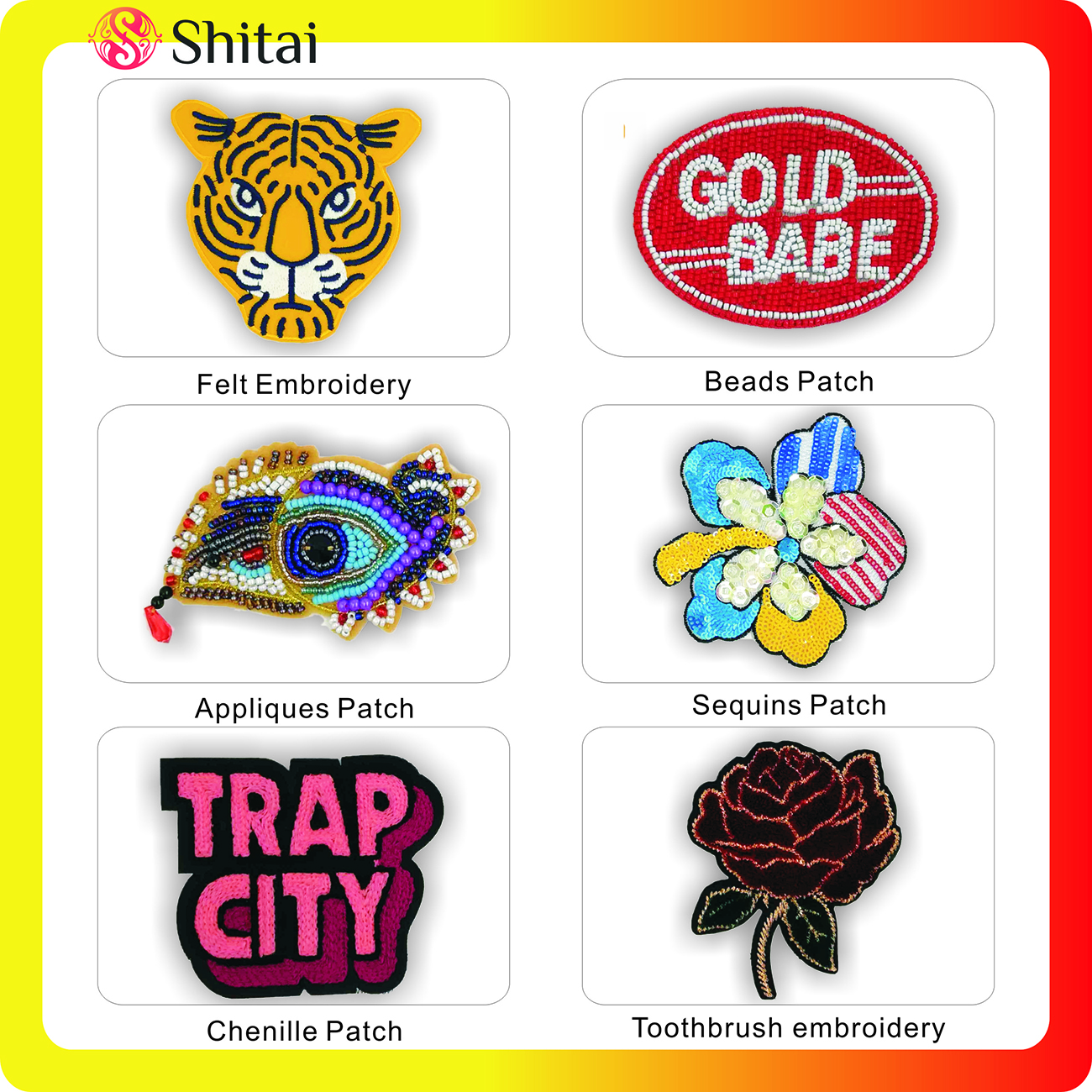
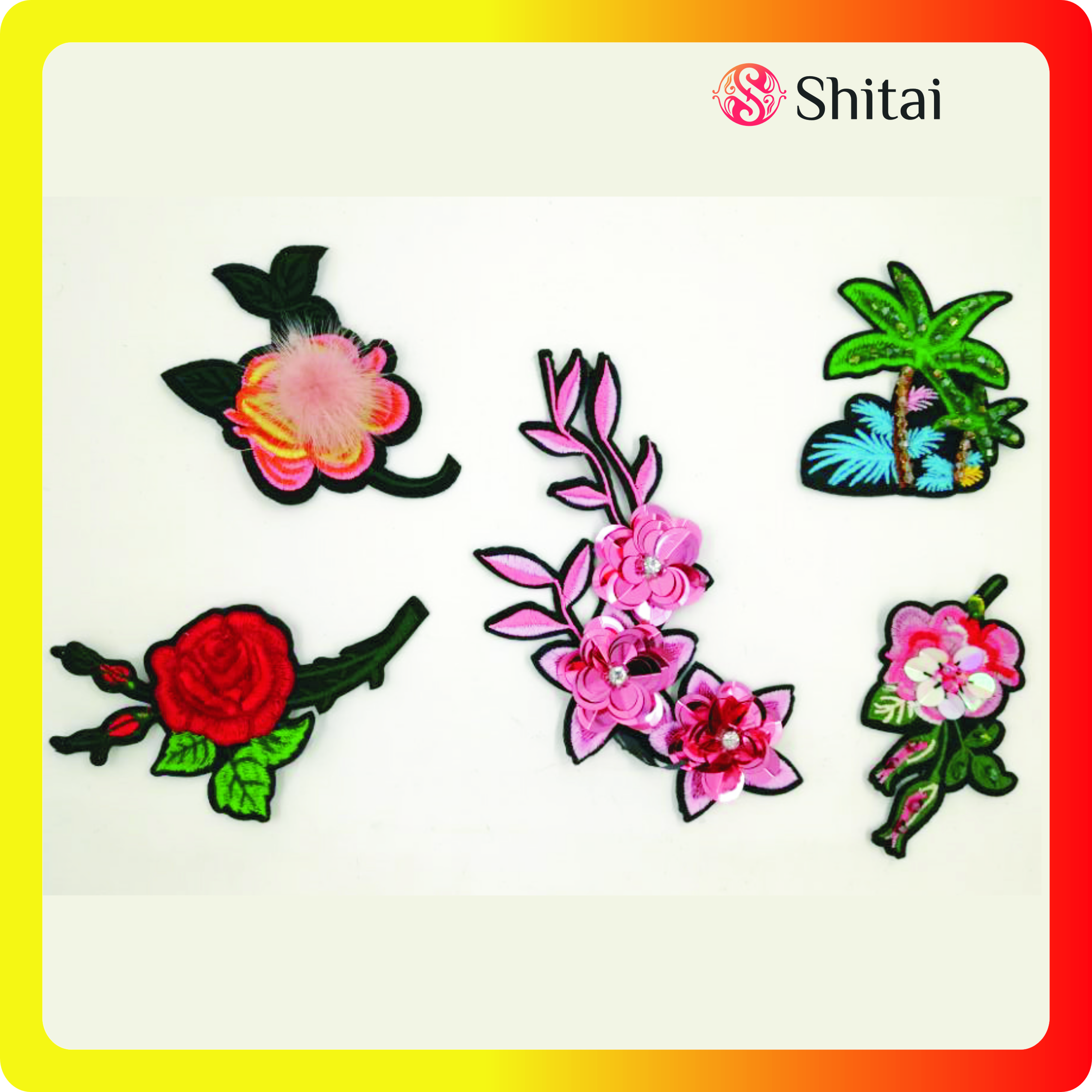
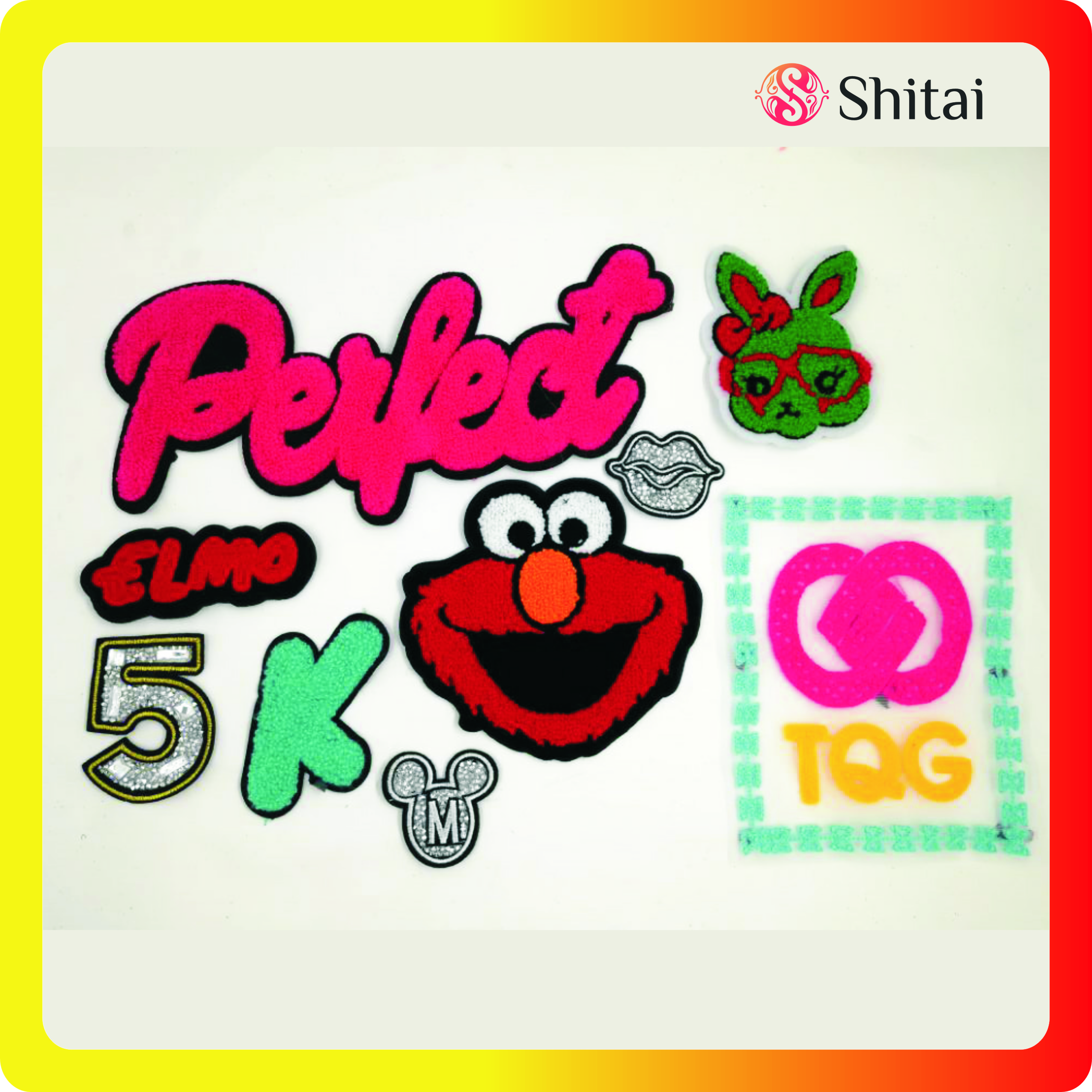
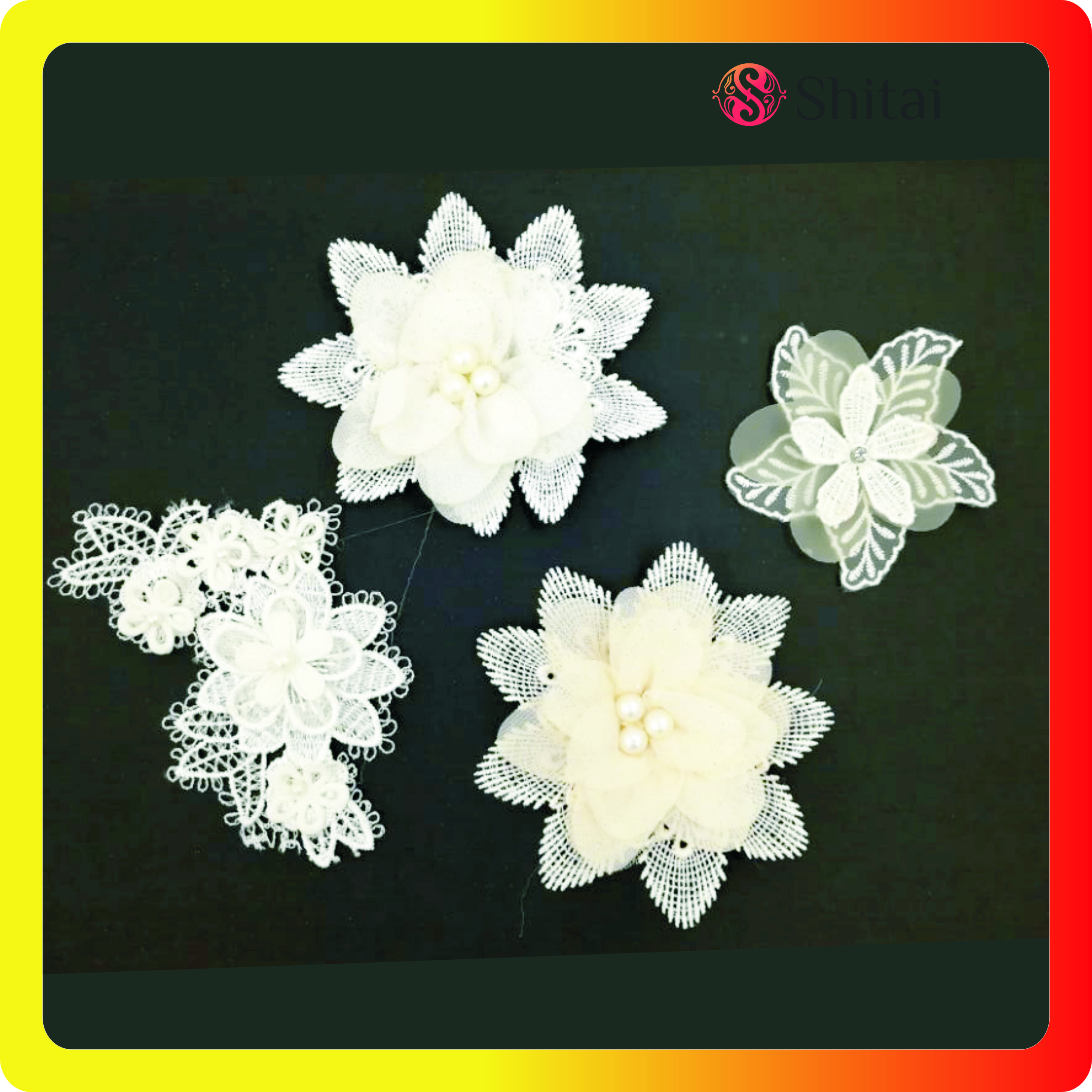
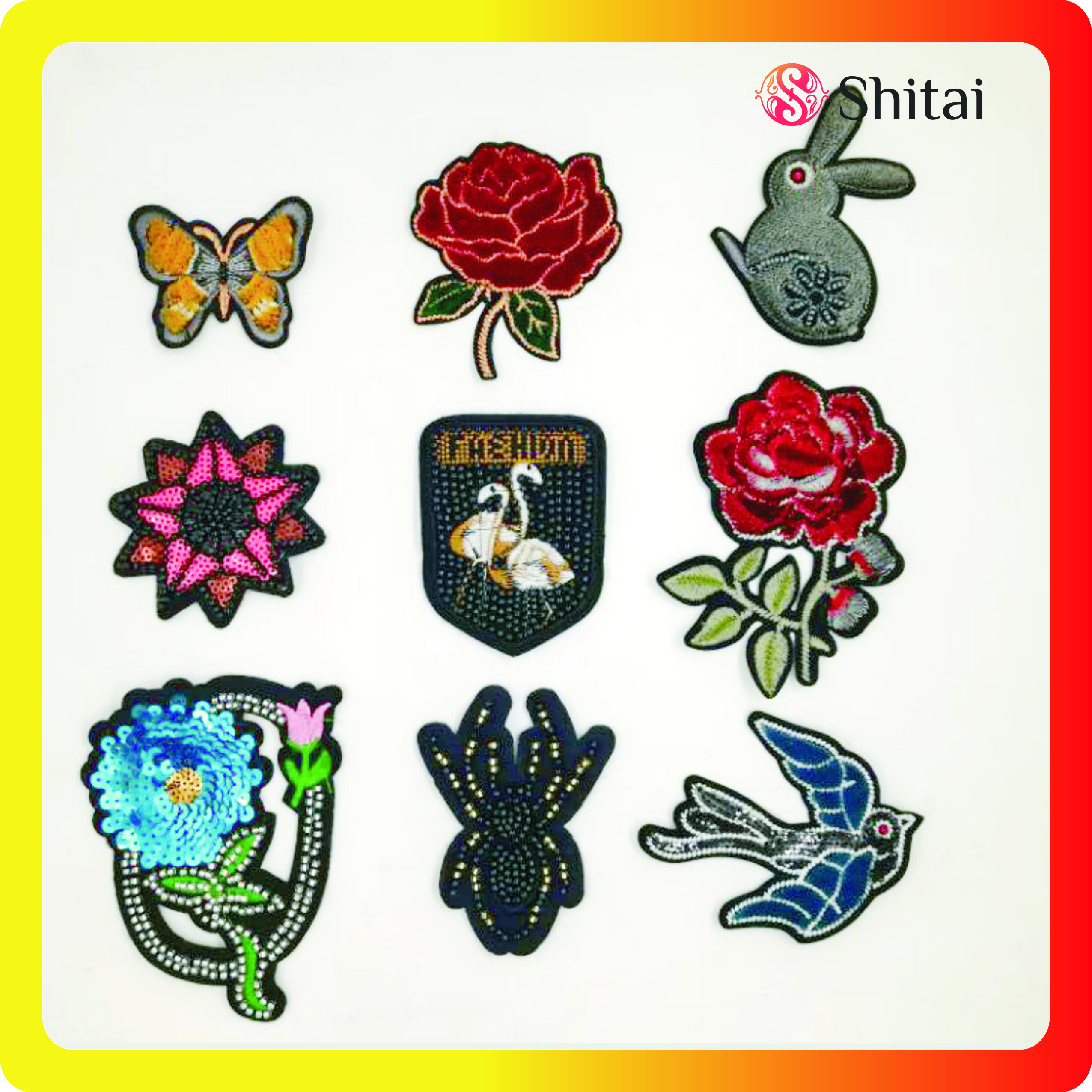
Iron On Patches,Sequin Embroidery Patches,Custom Shirt Patches,Colourful Flower Patches
DONGGUAN SHITAI ACCESSORY TEXTILES CO.,LTD , https://www.stsewingcraft.com